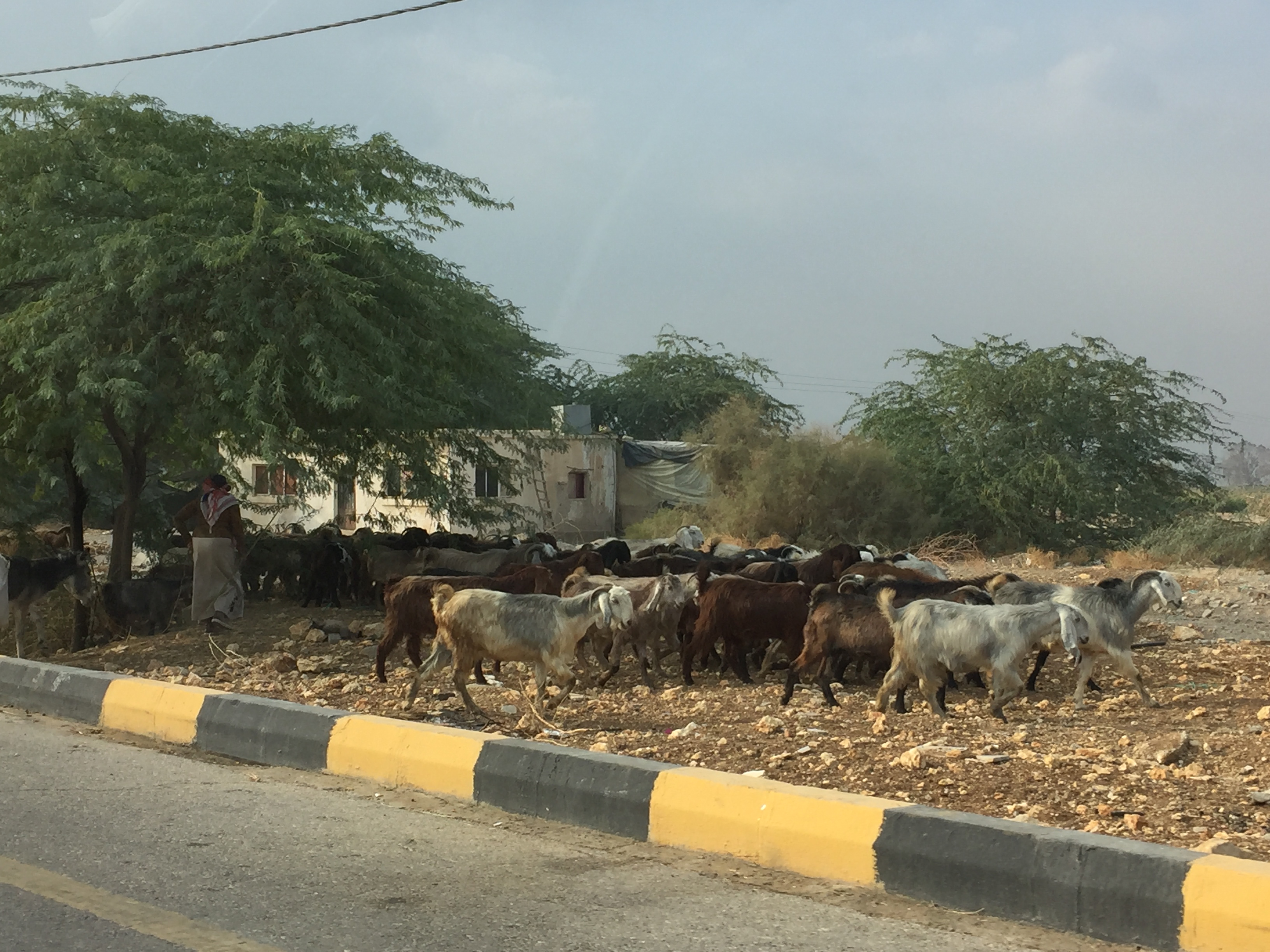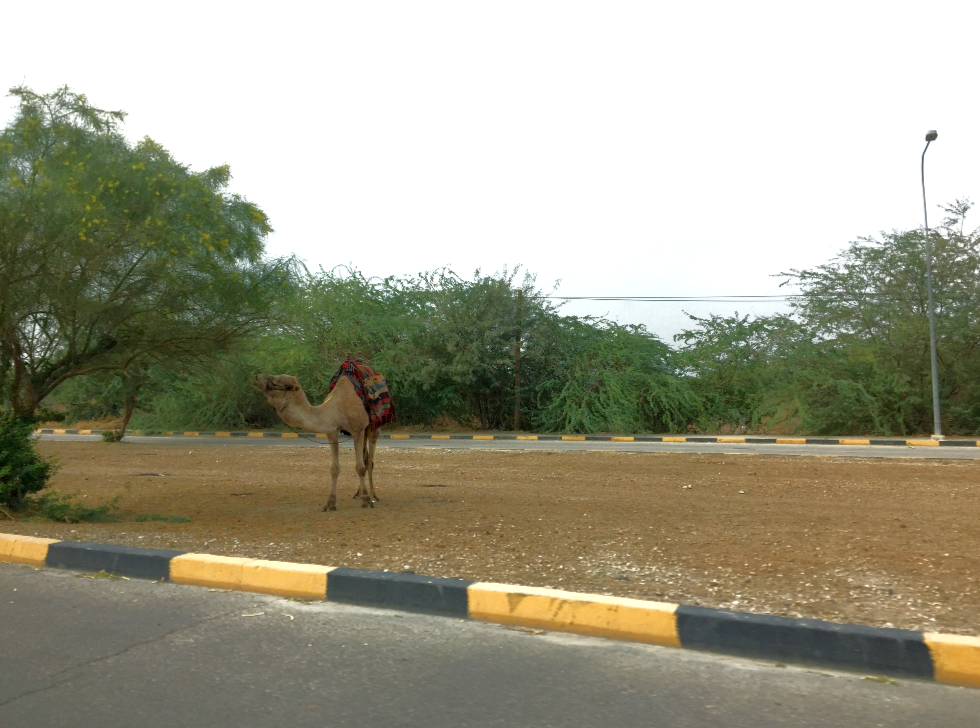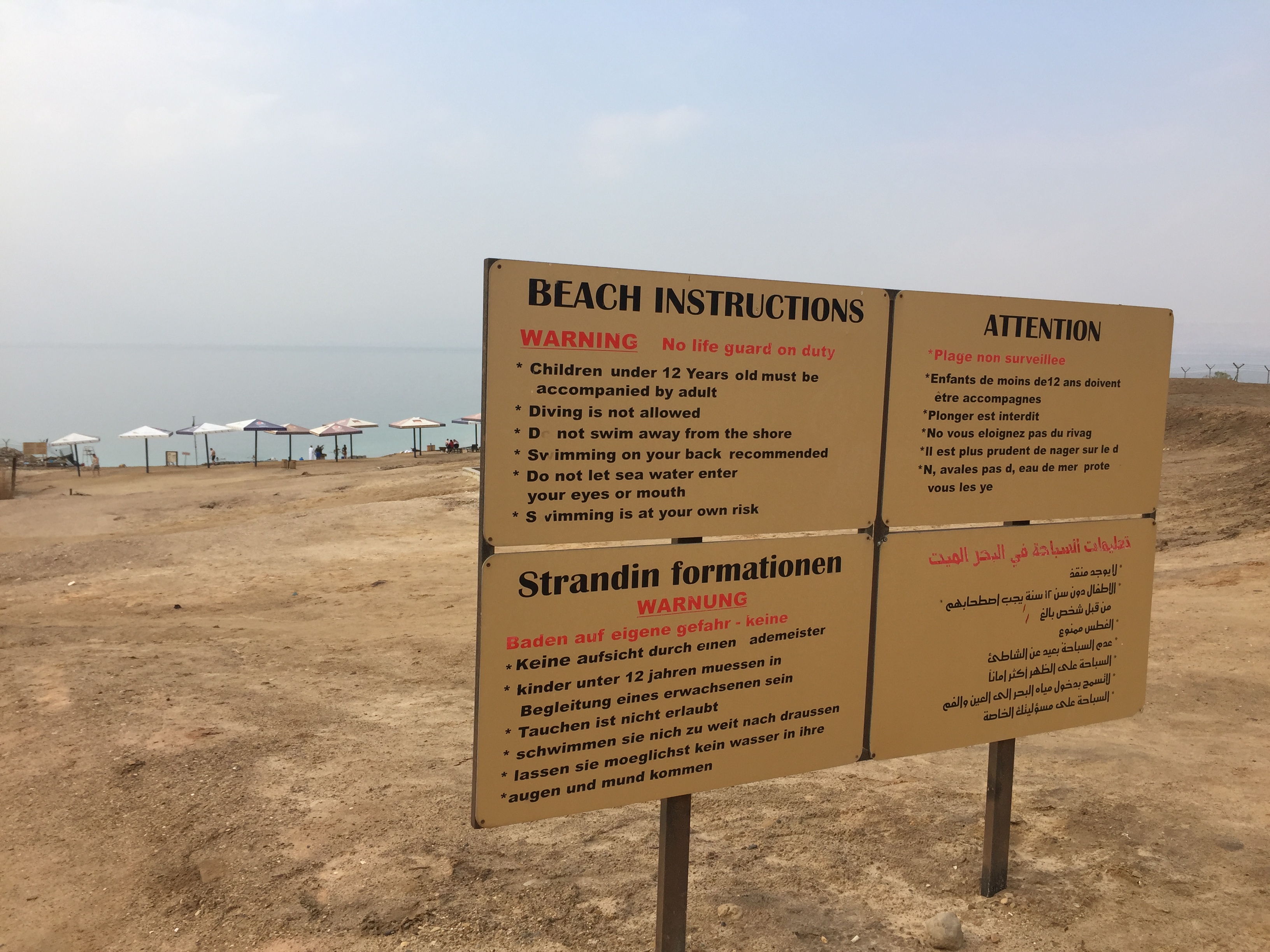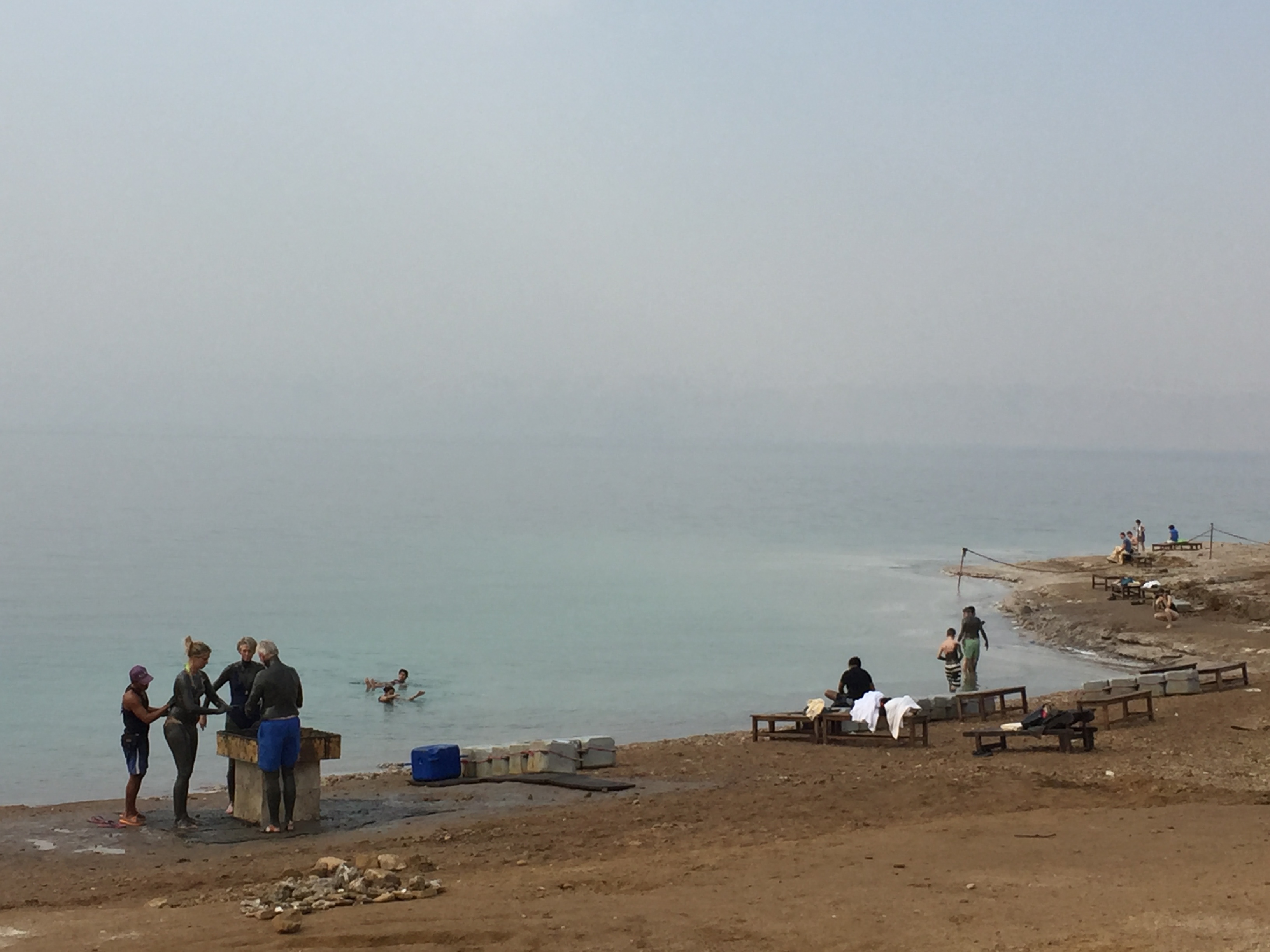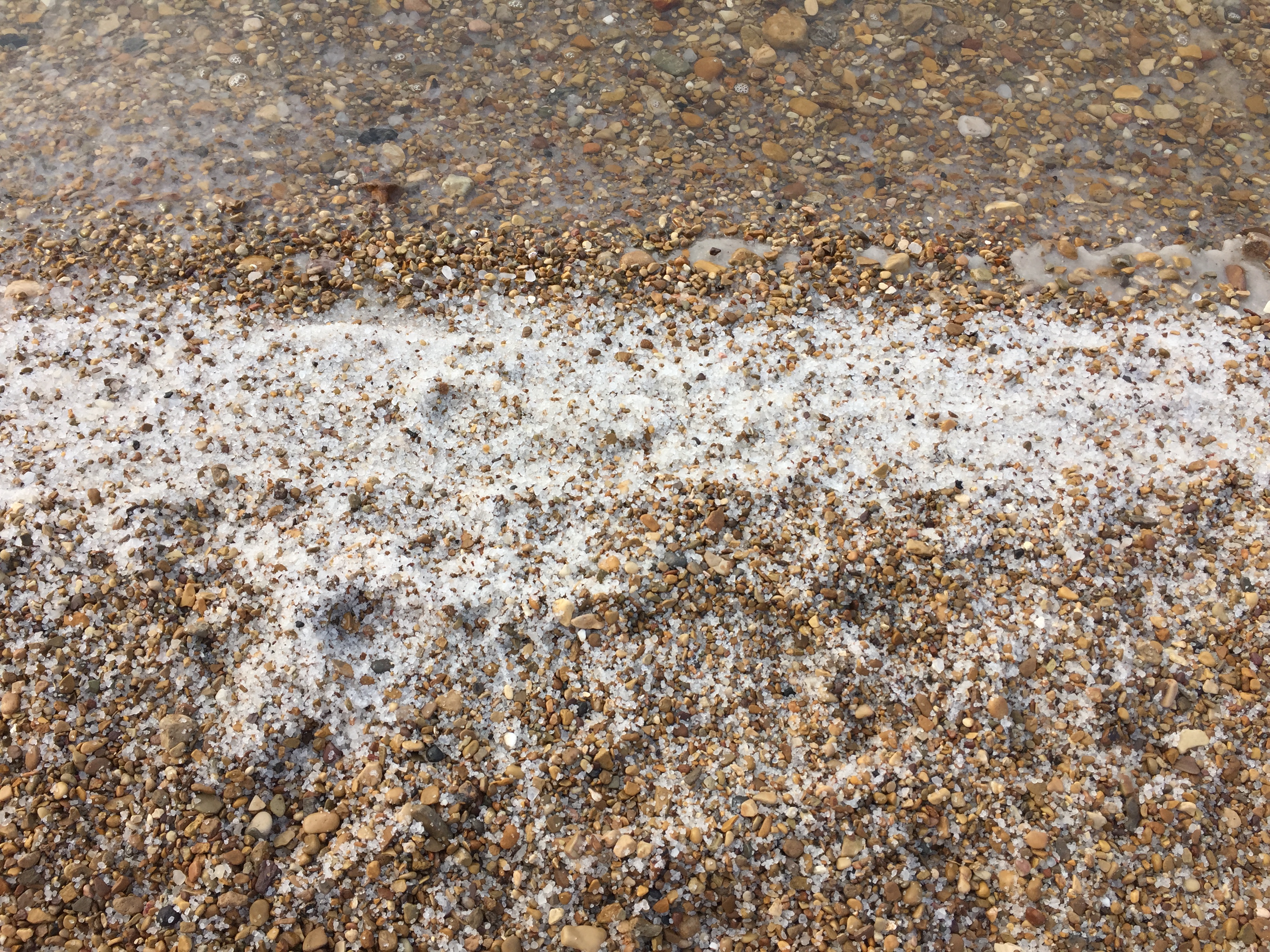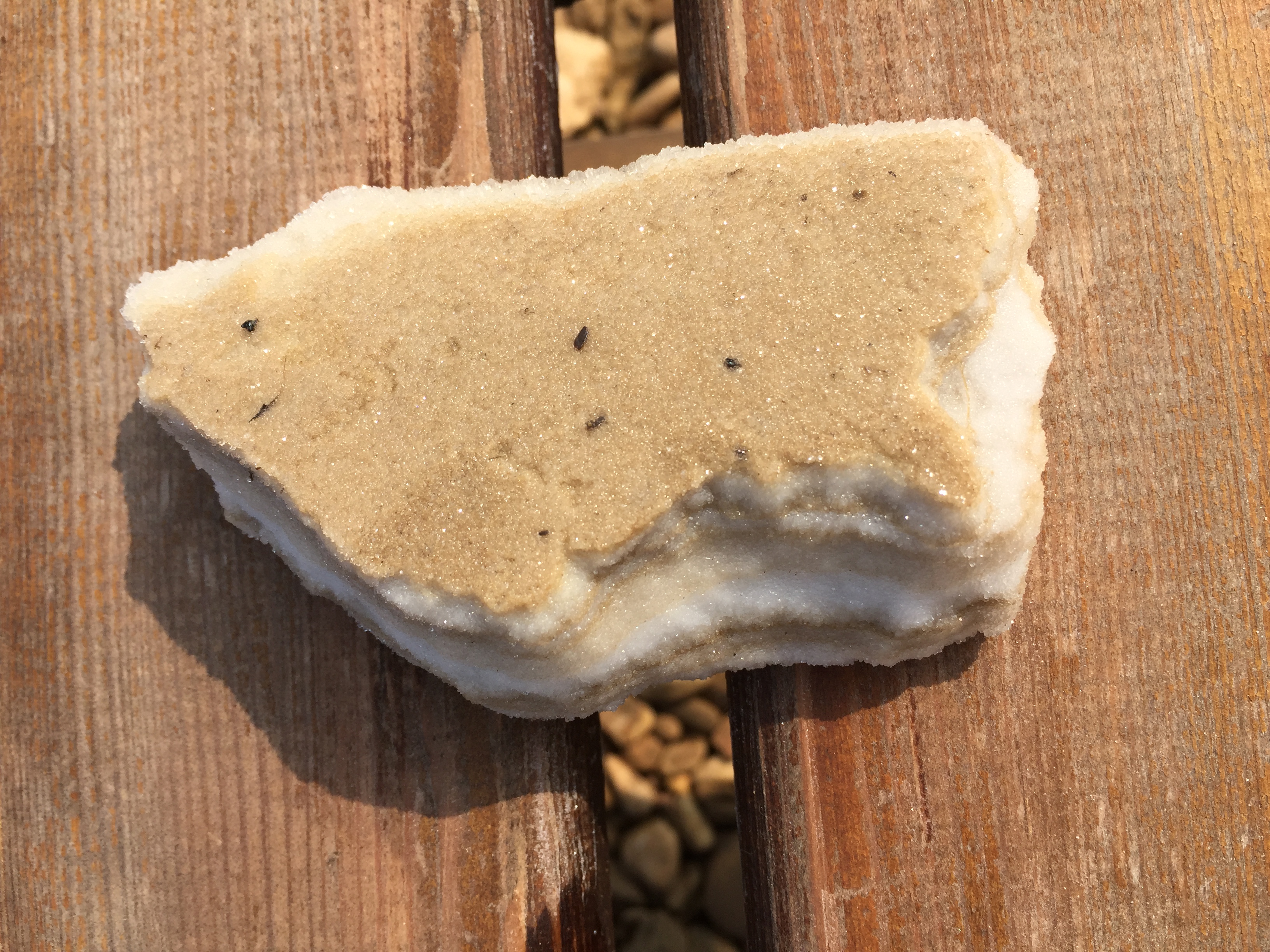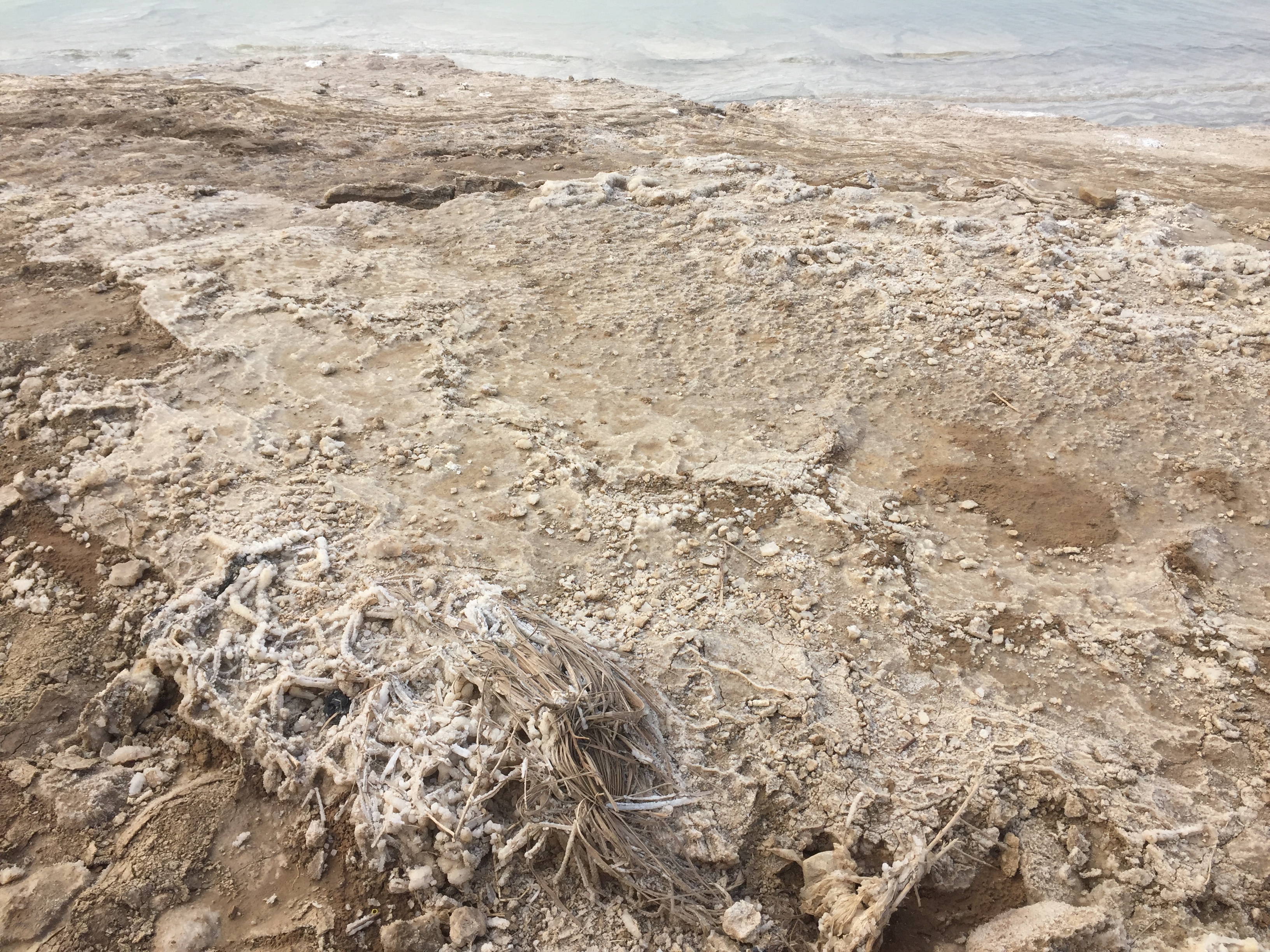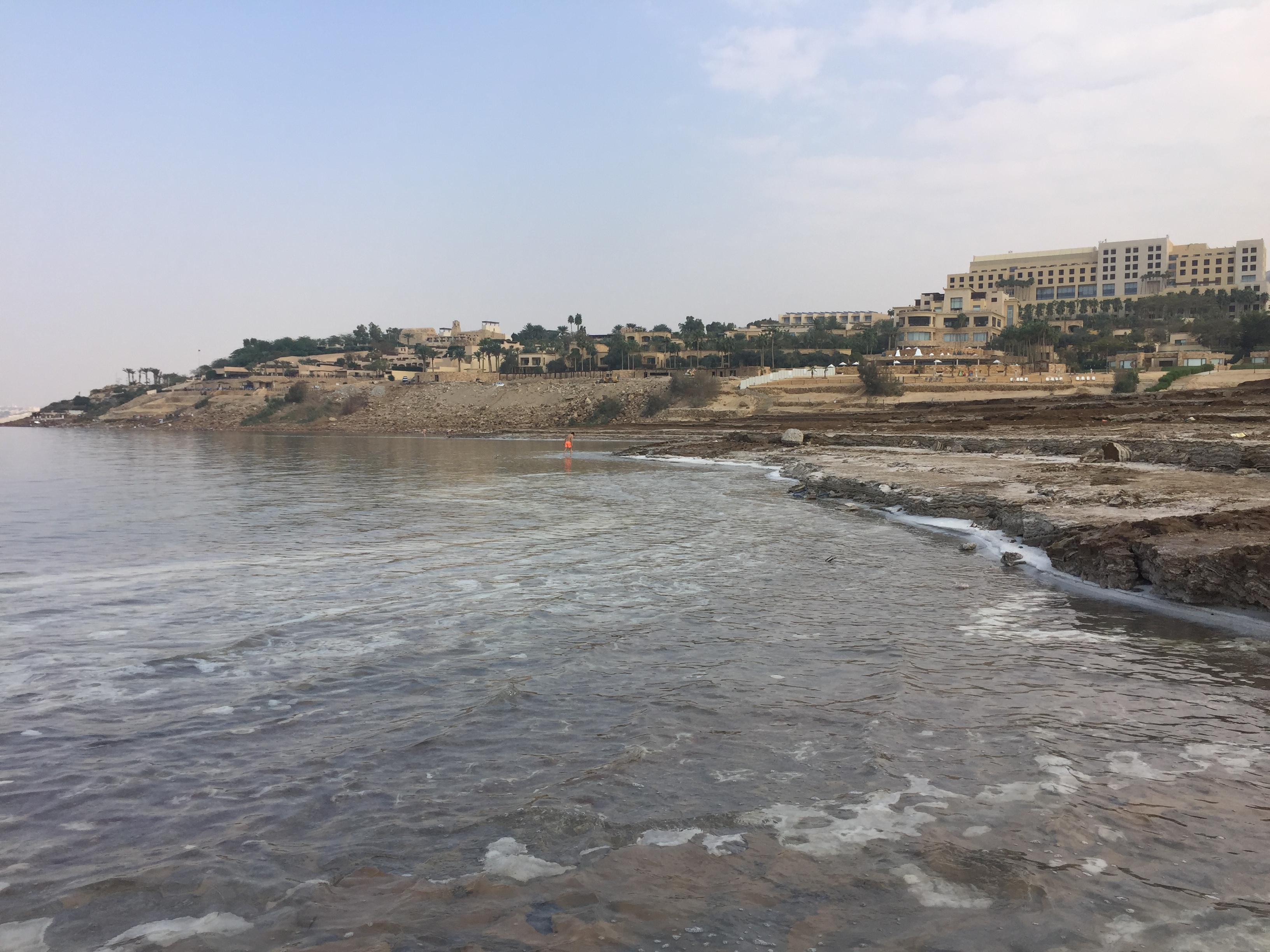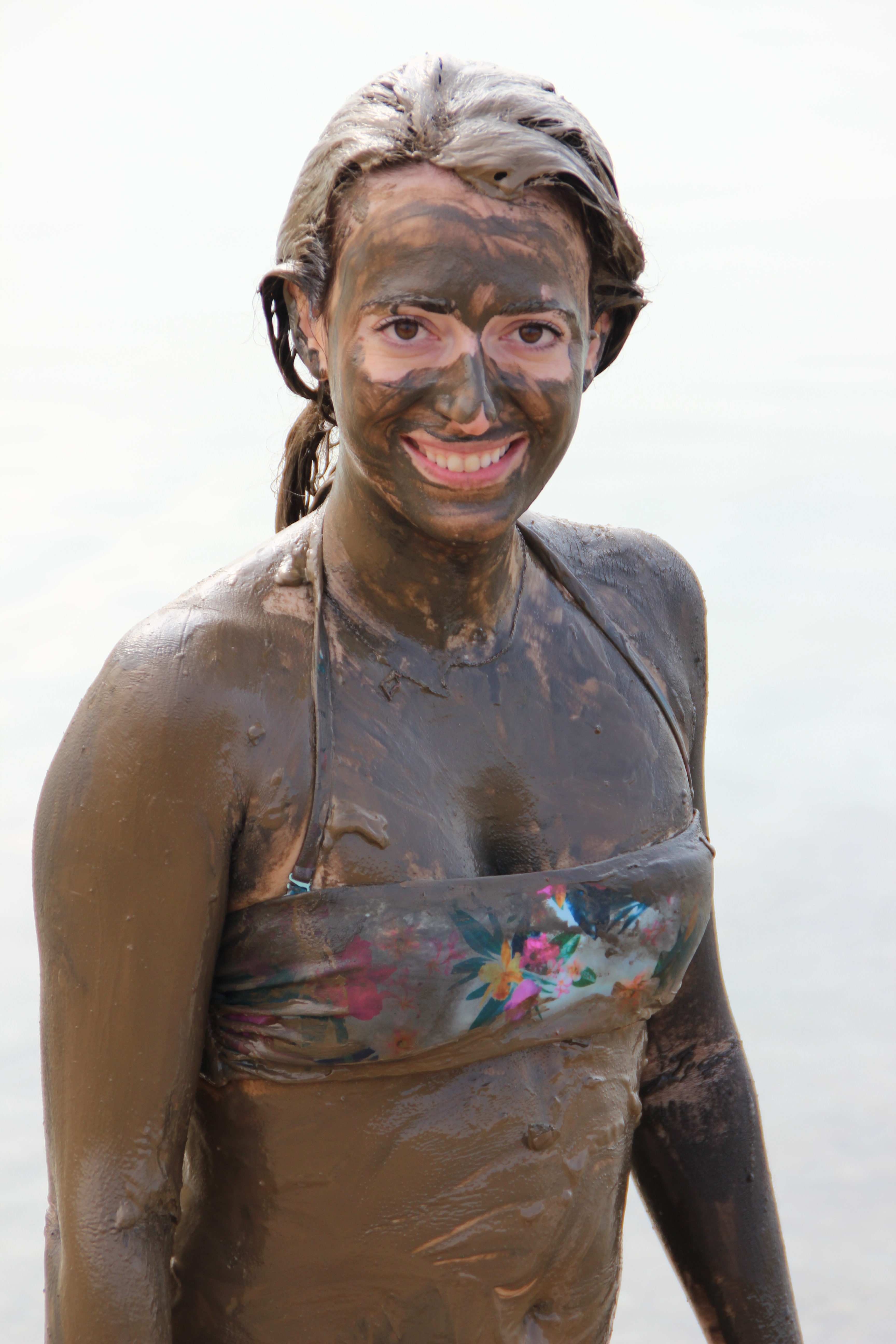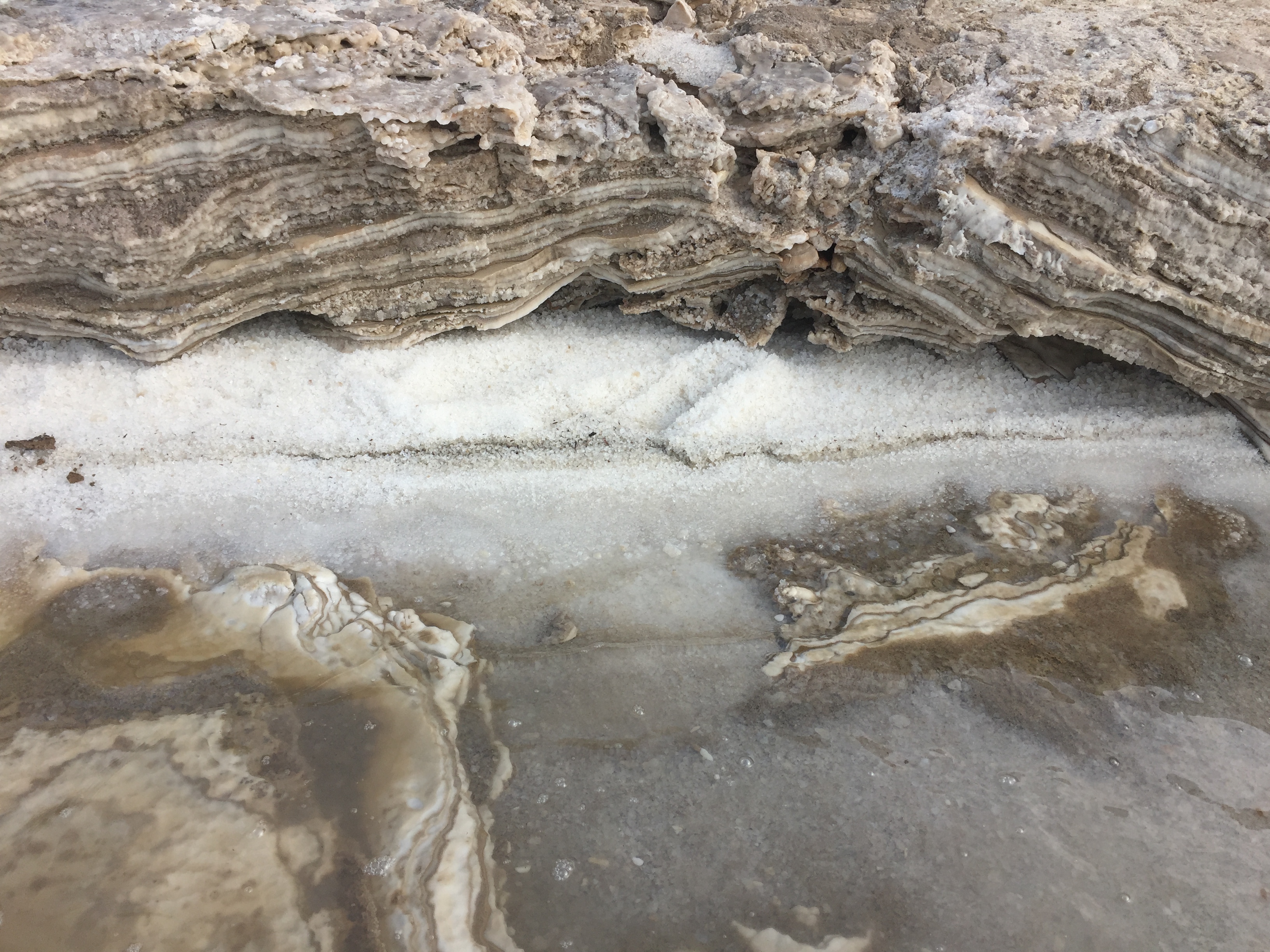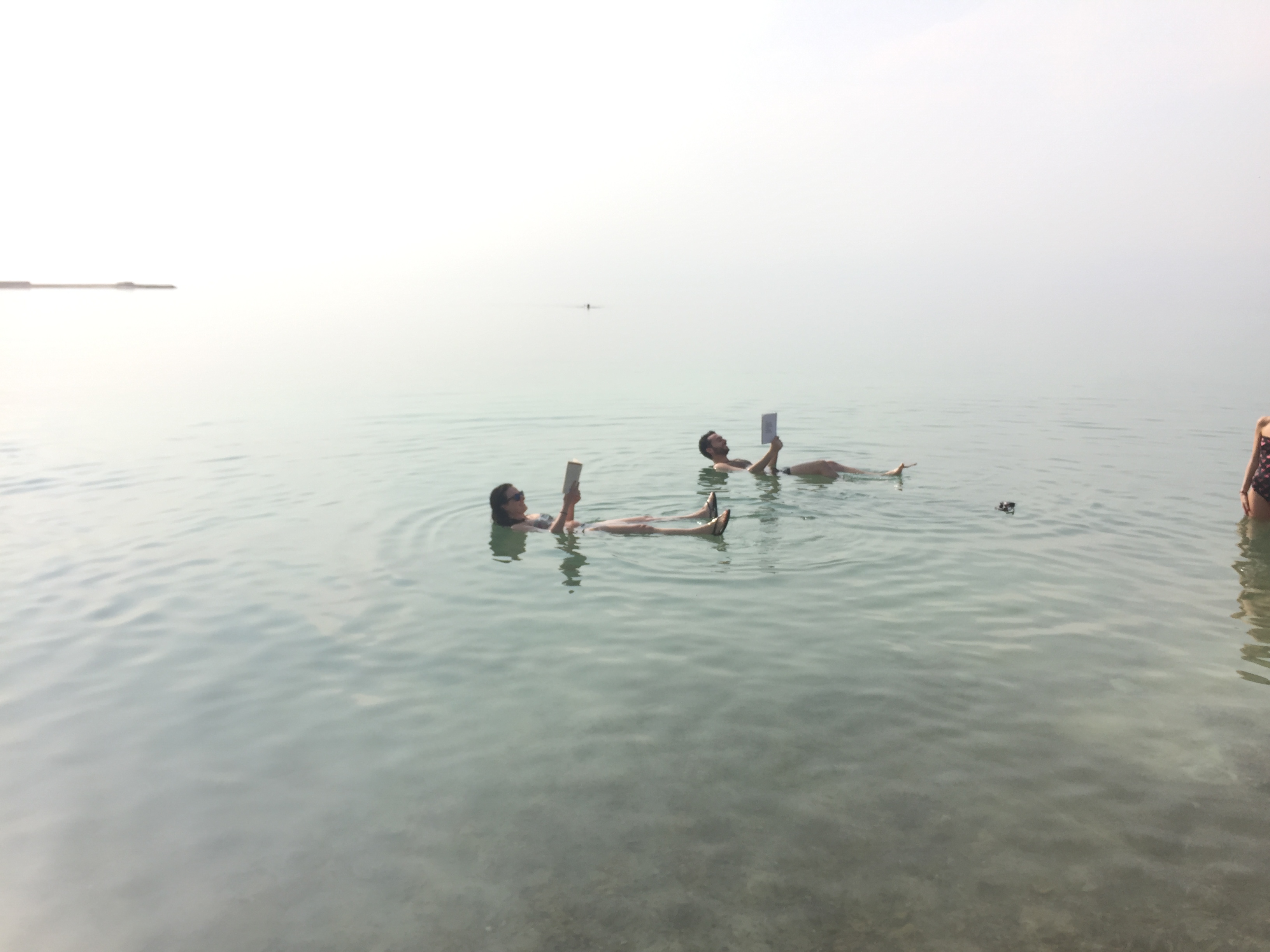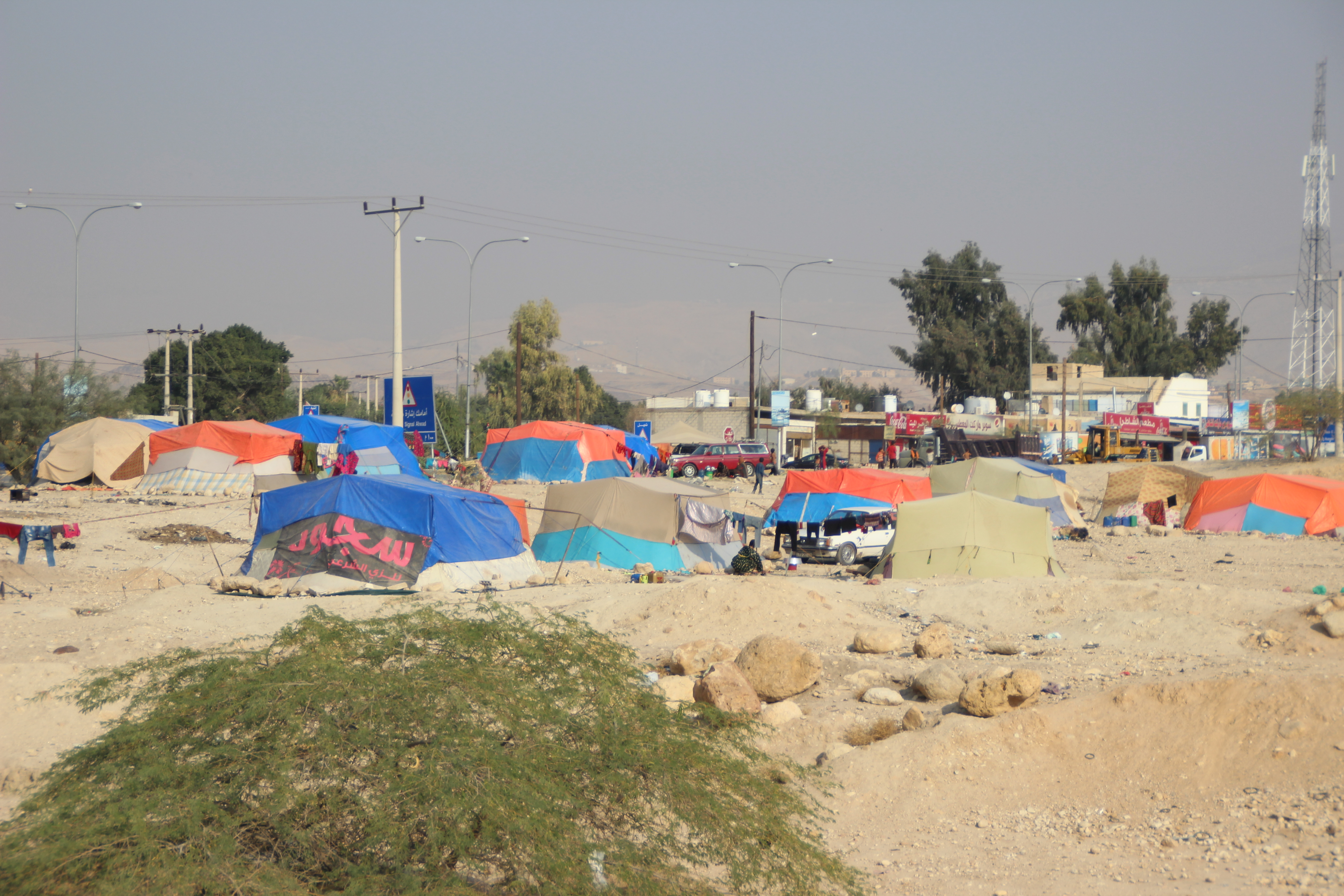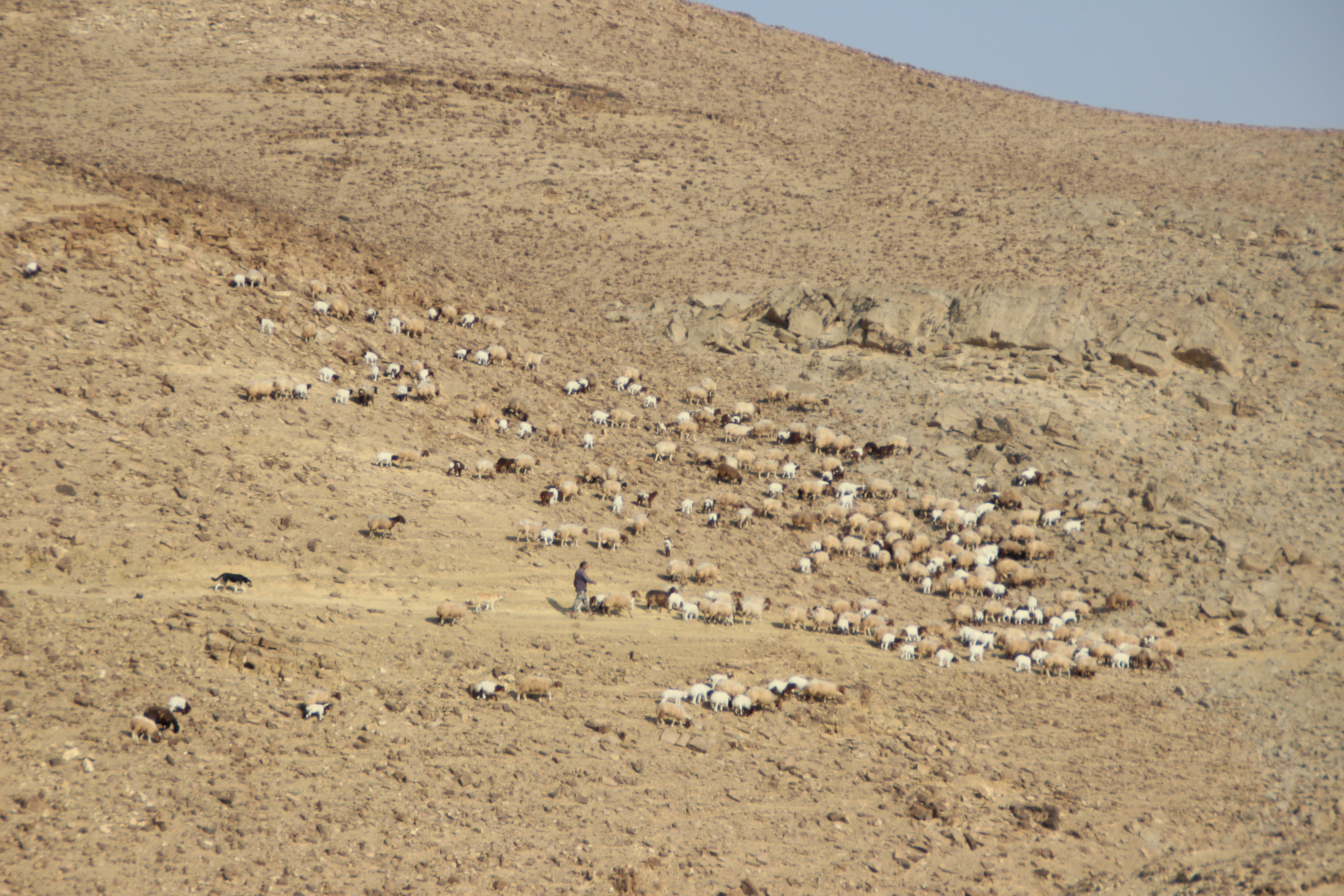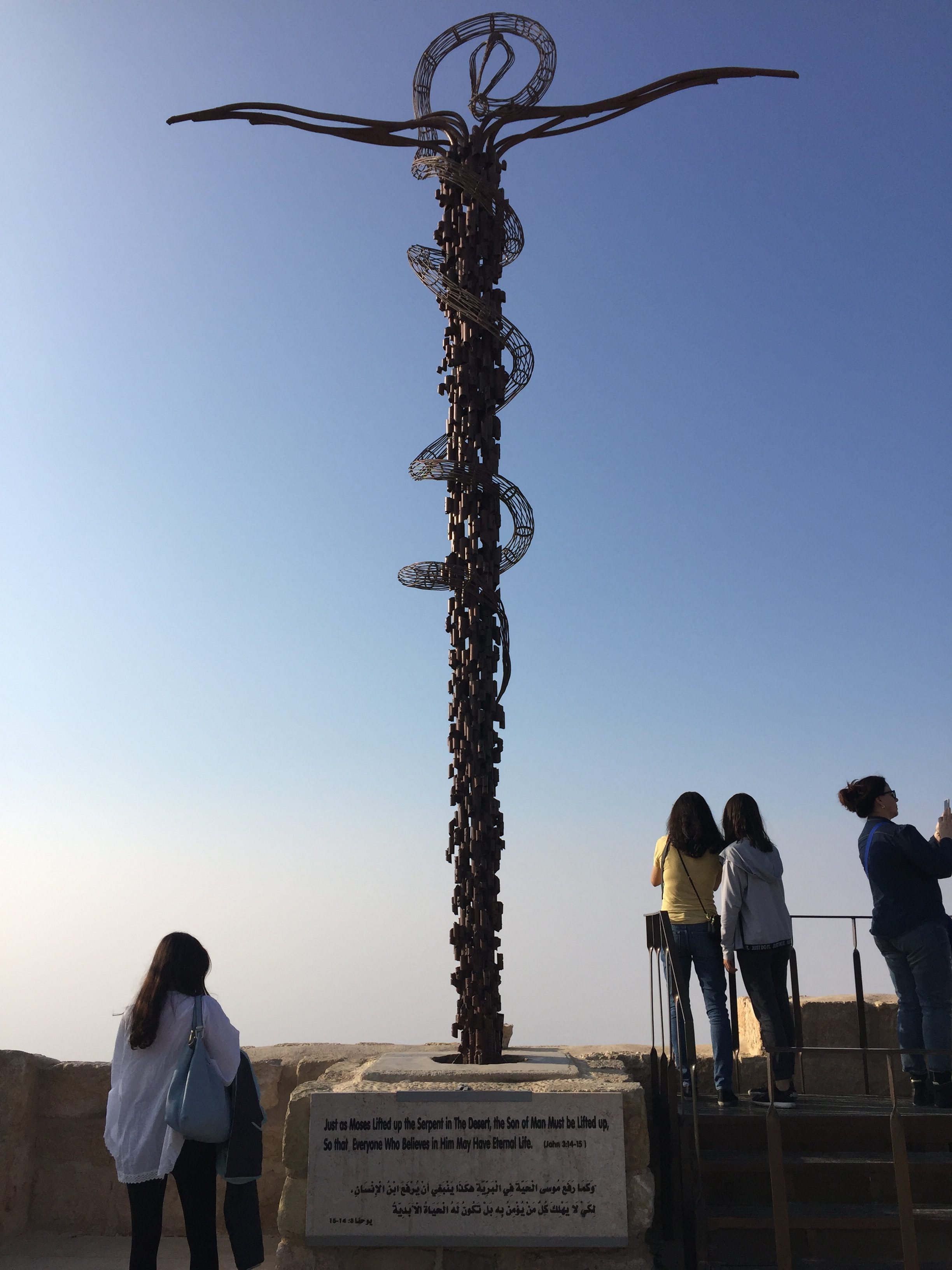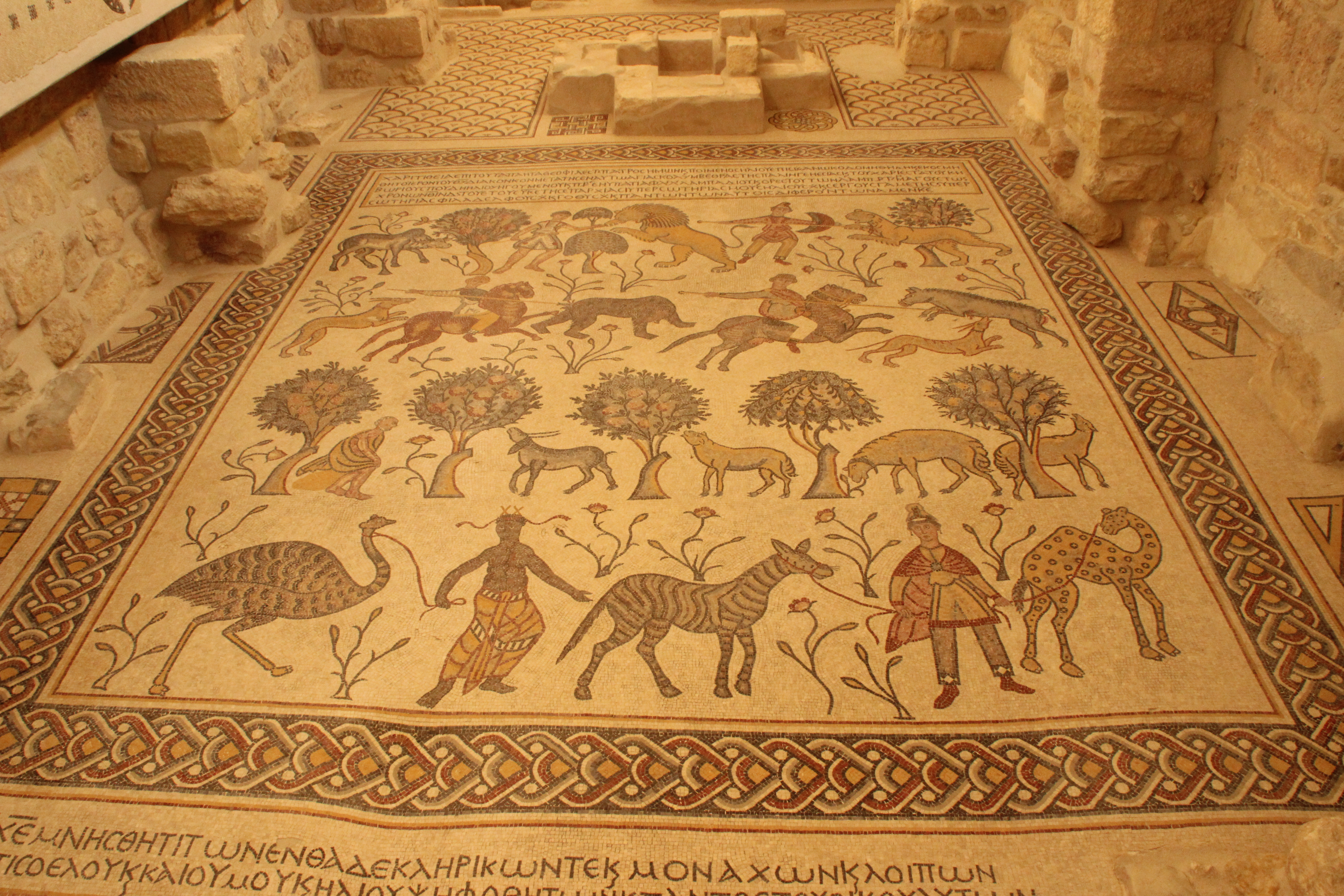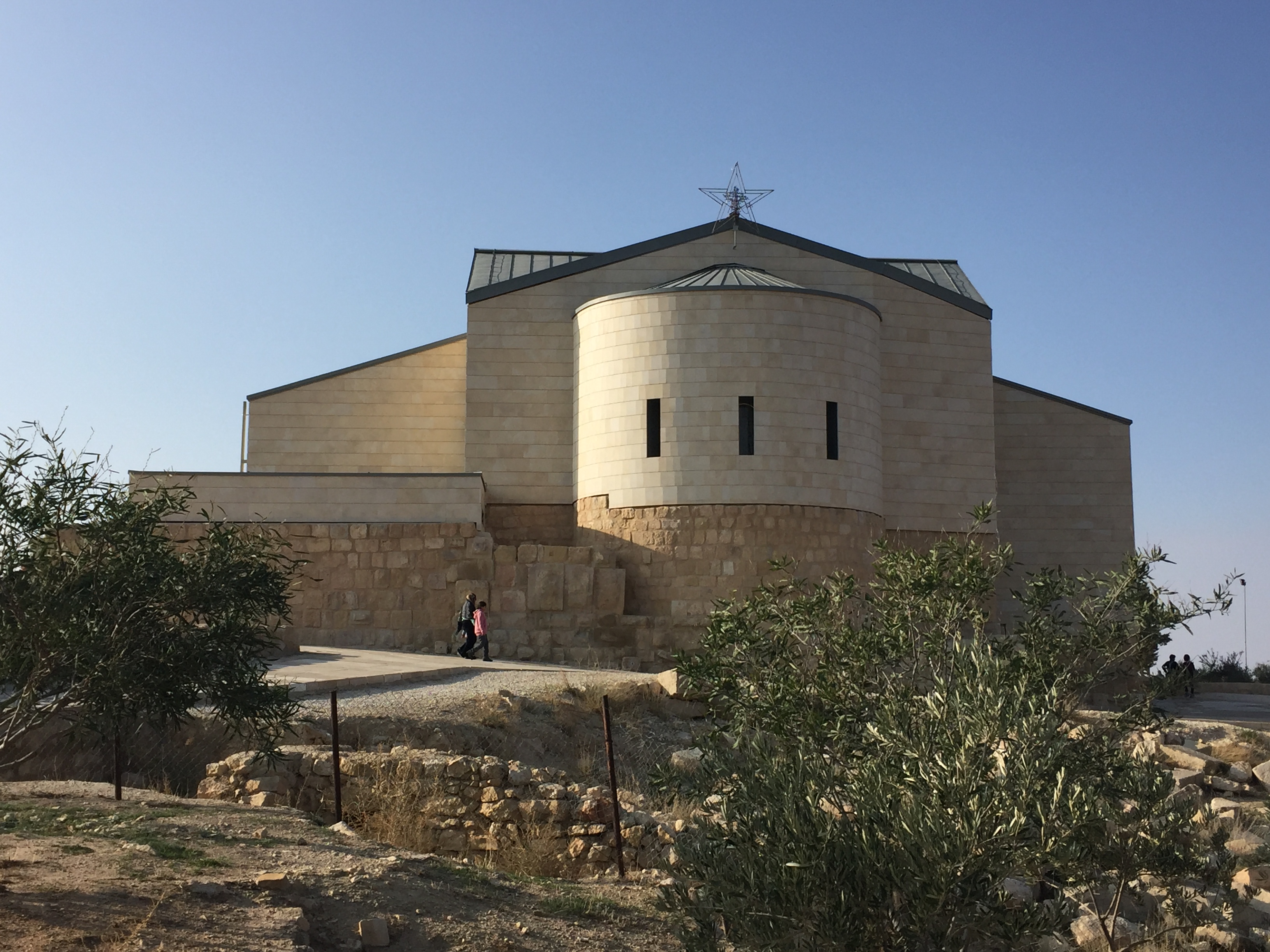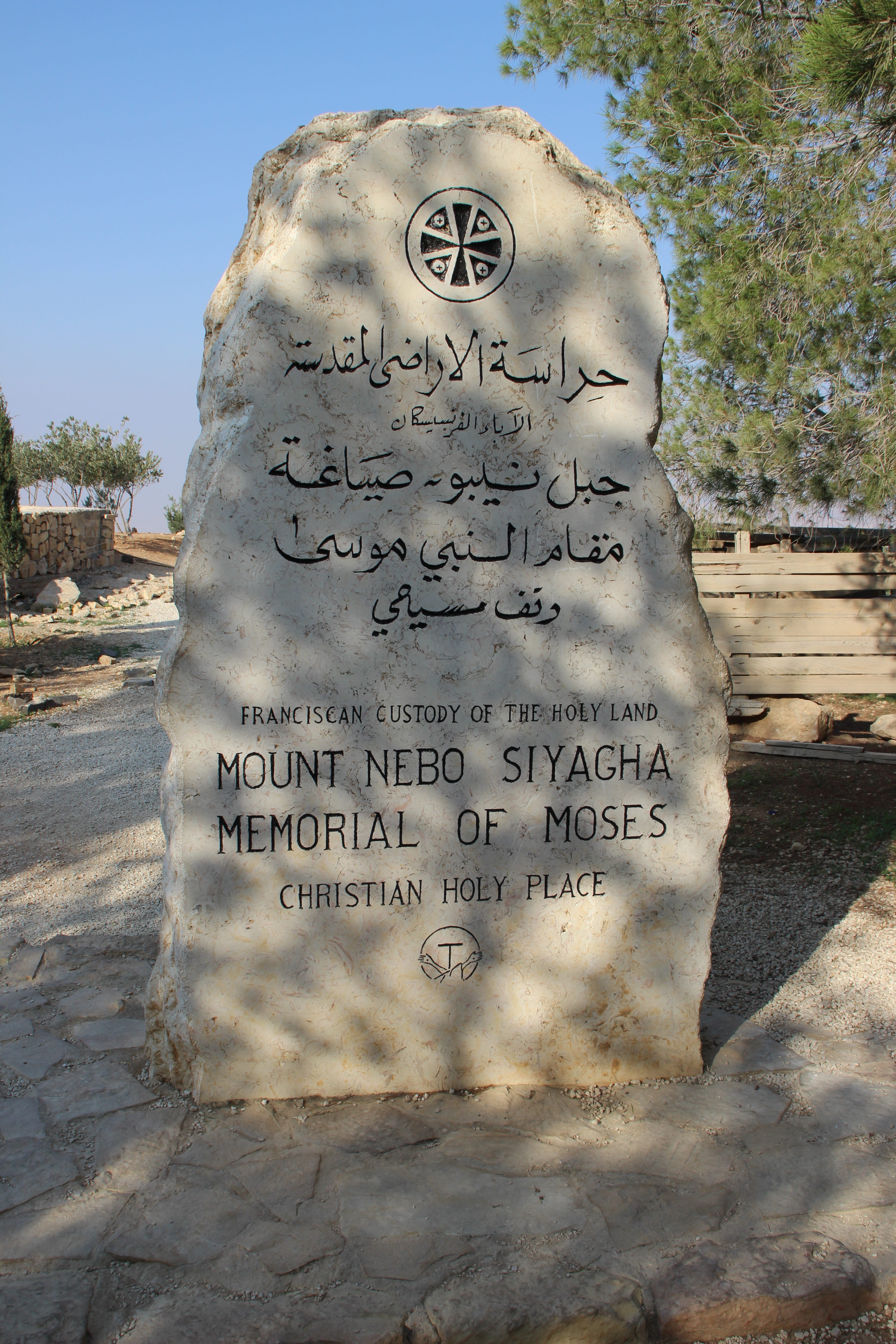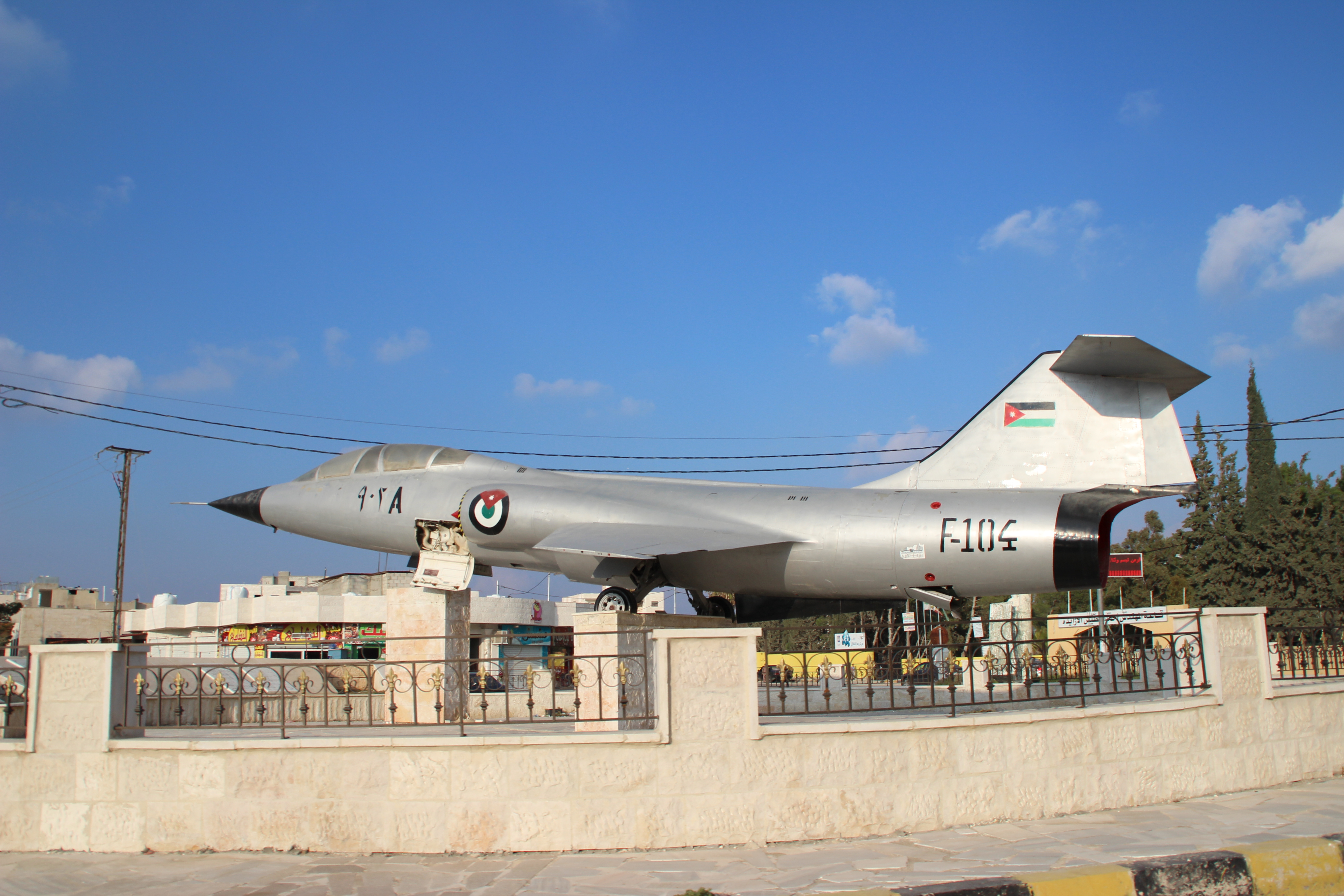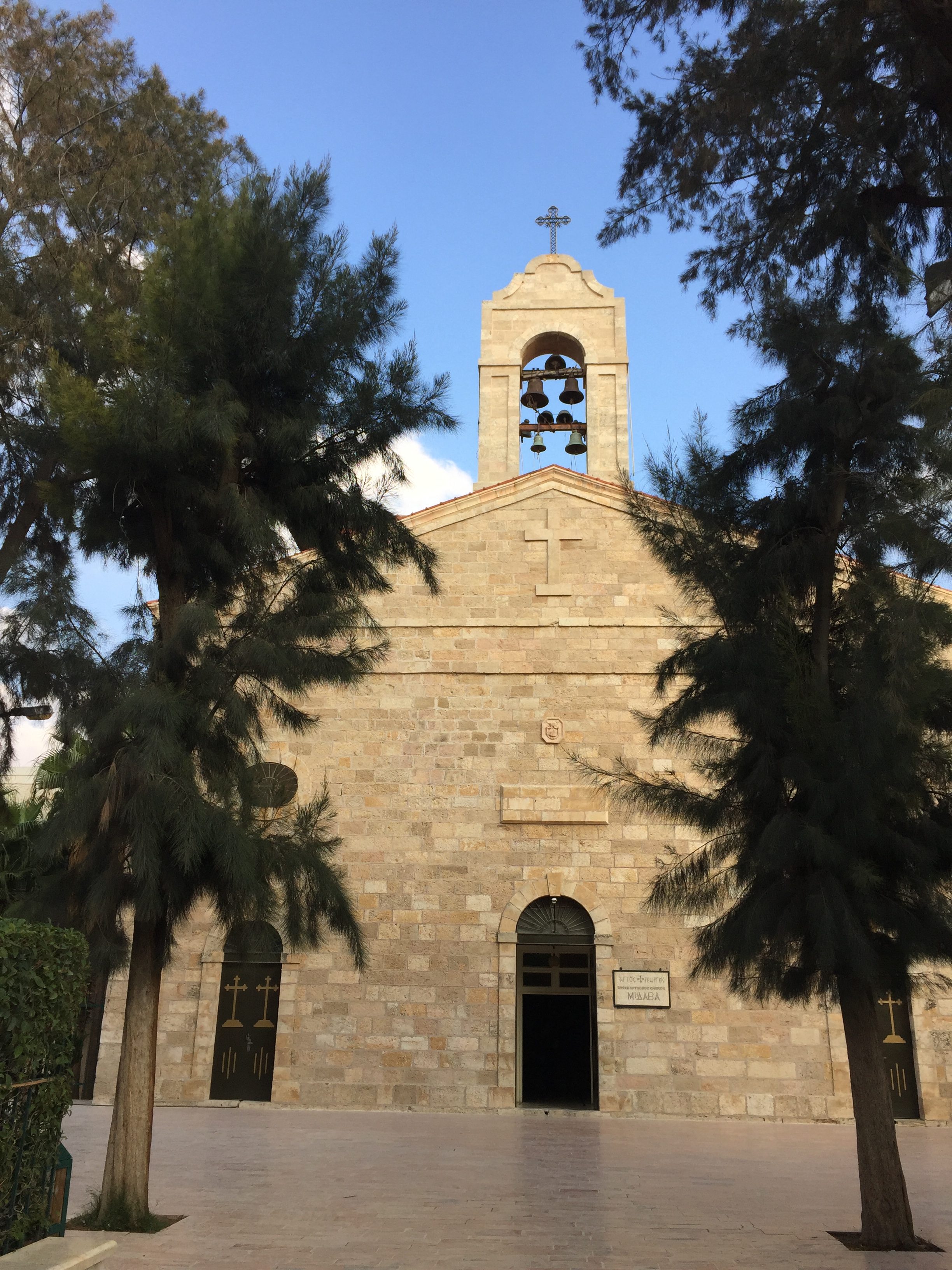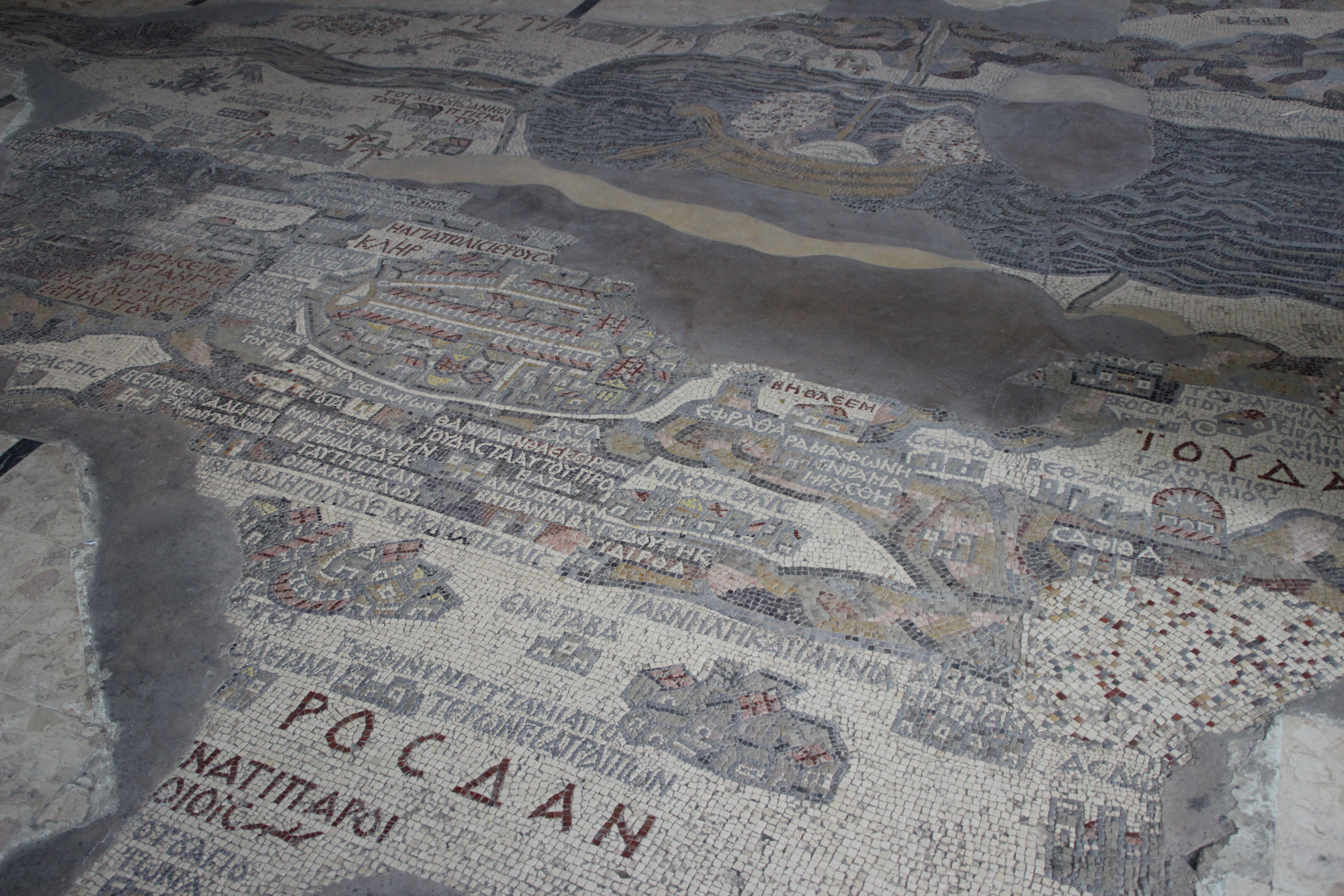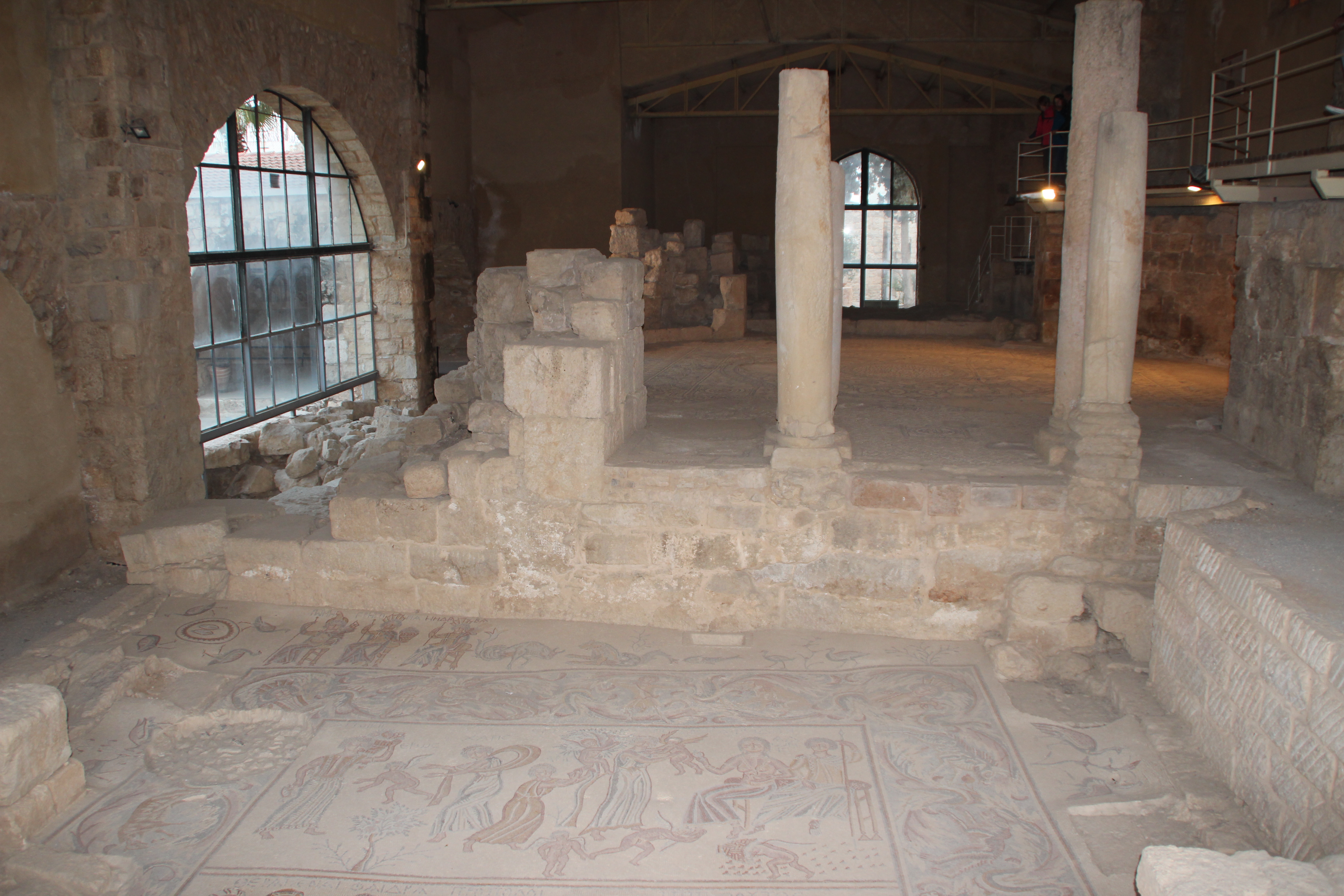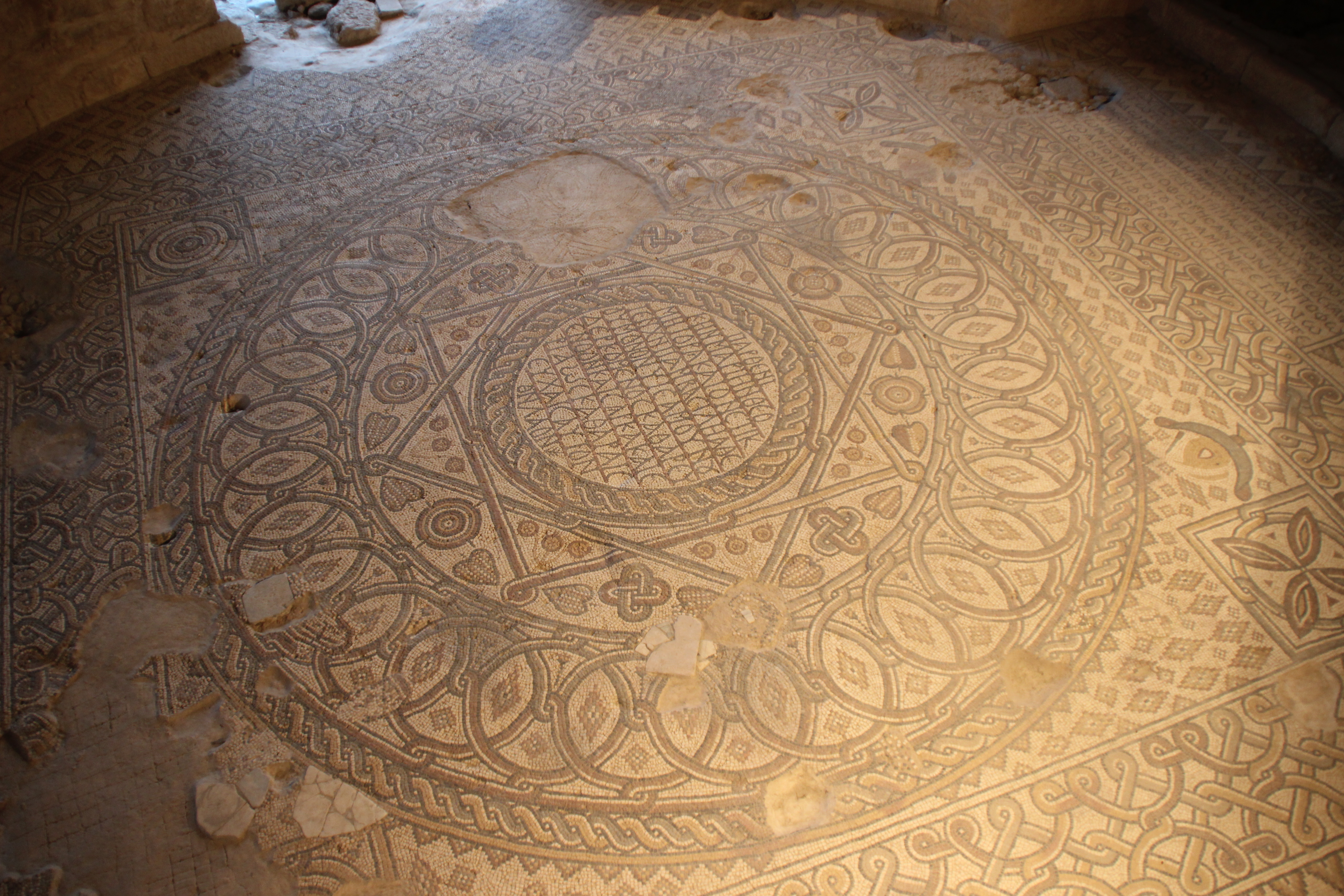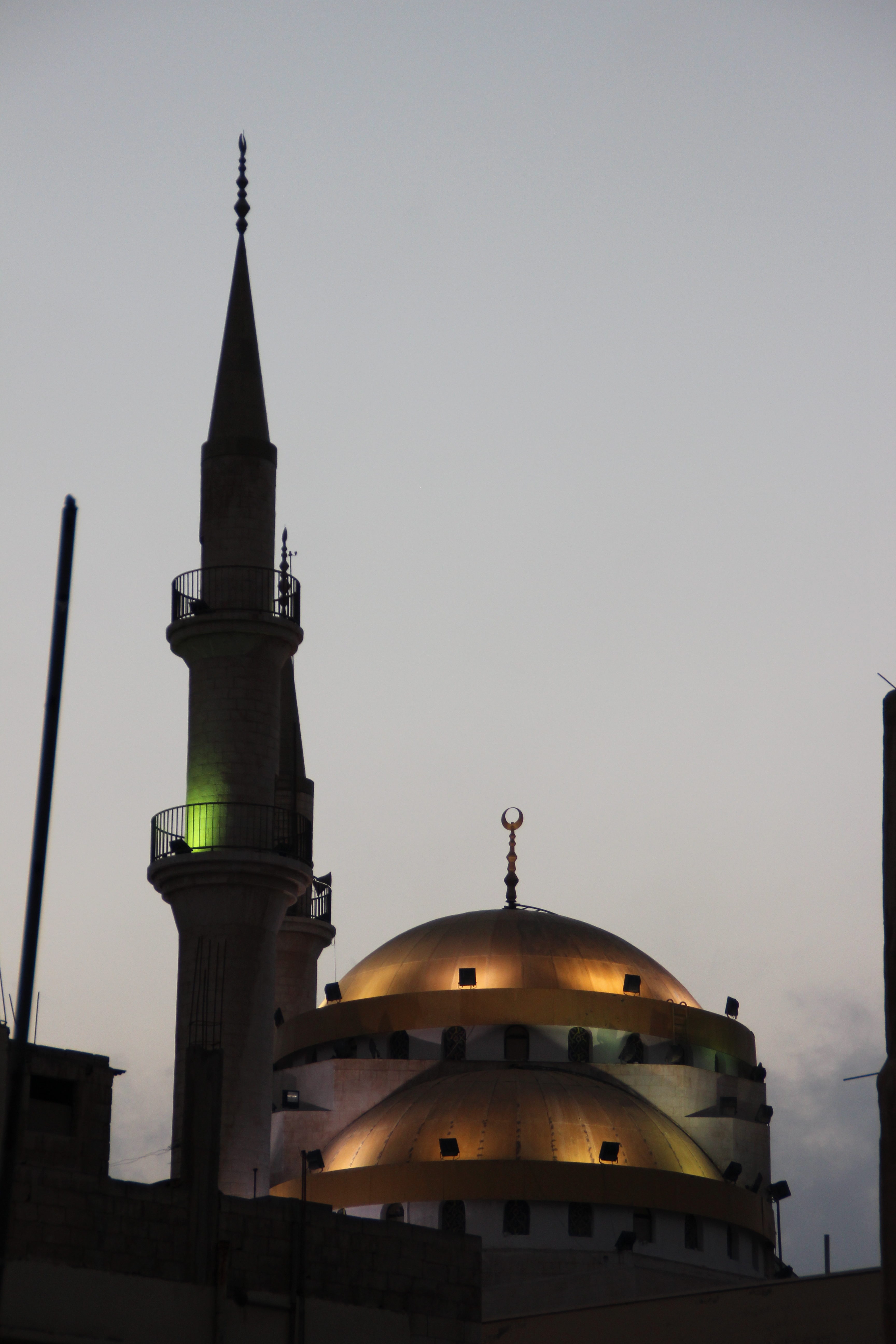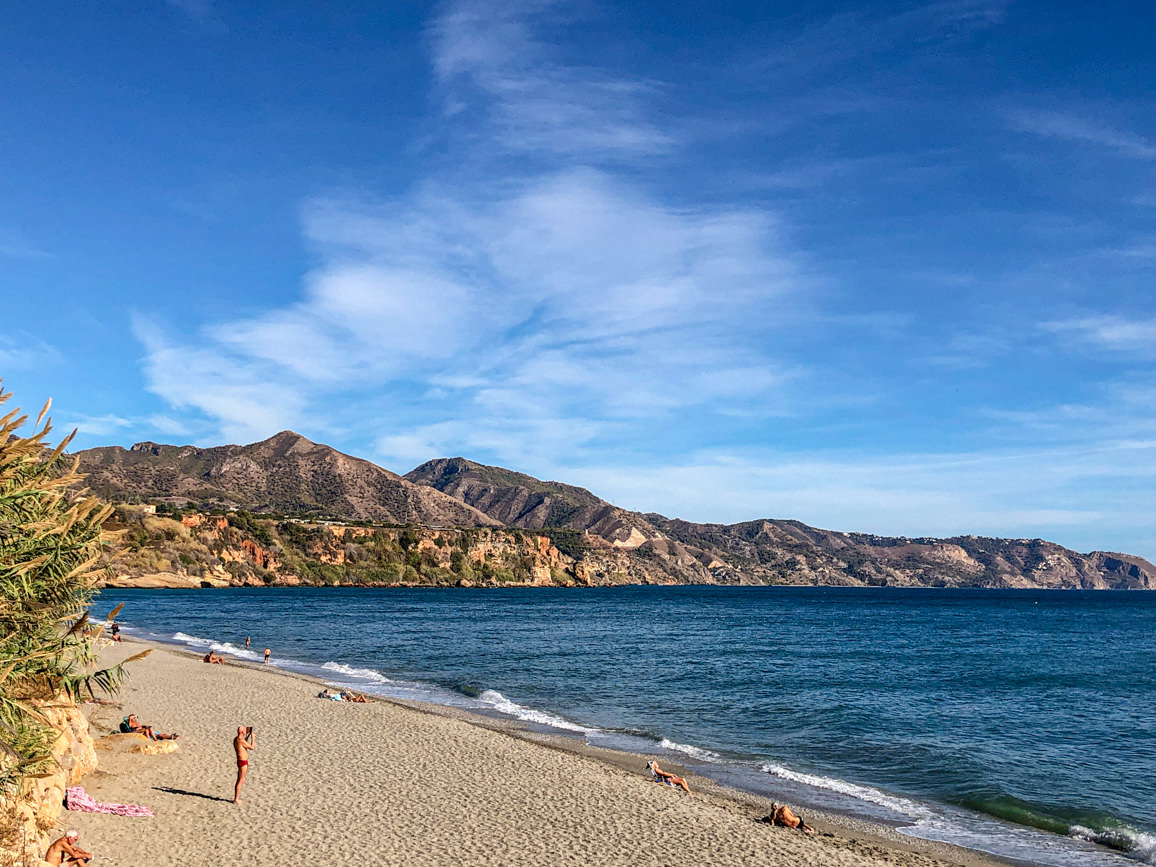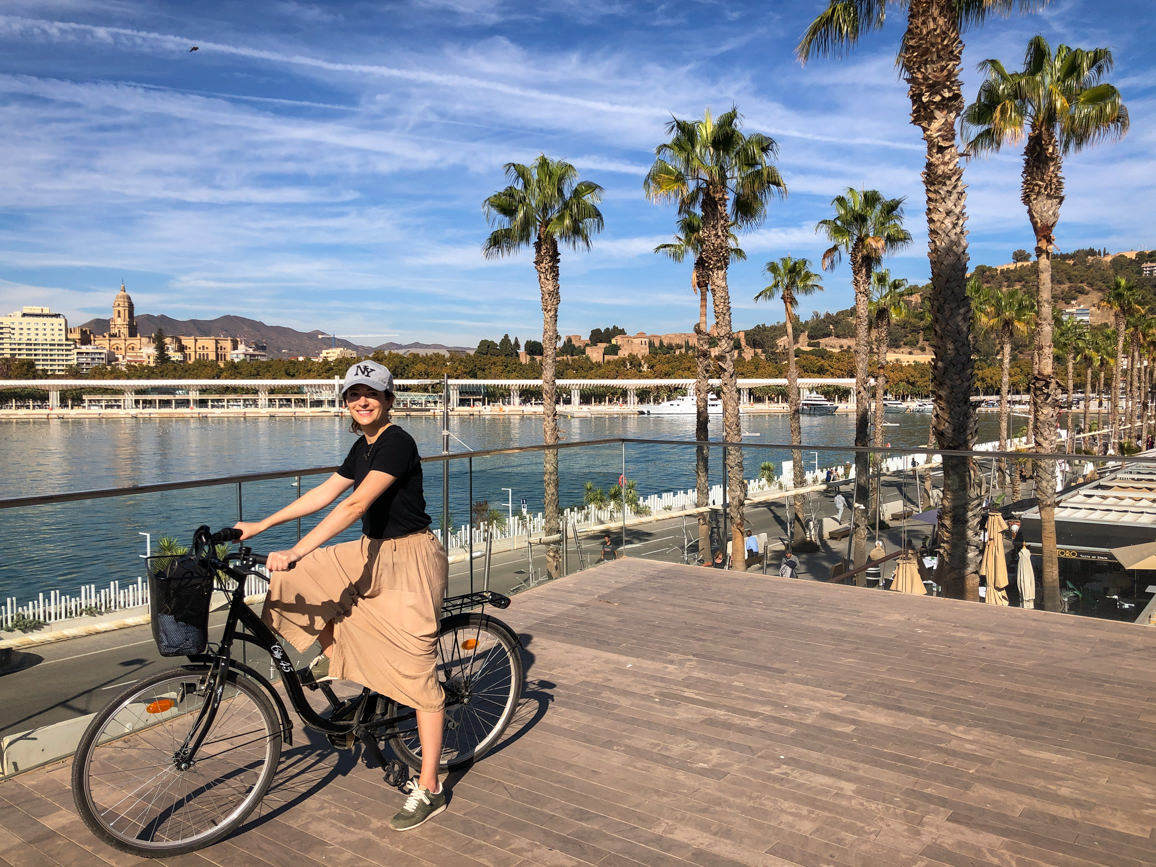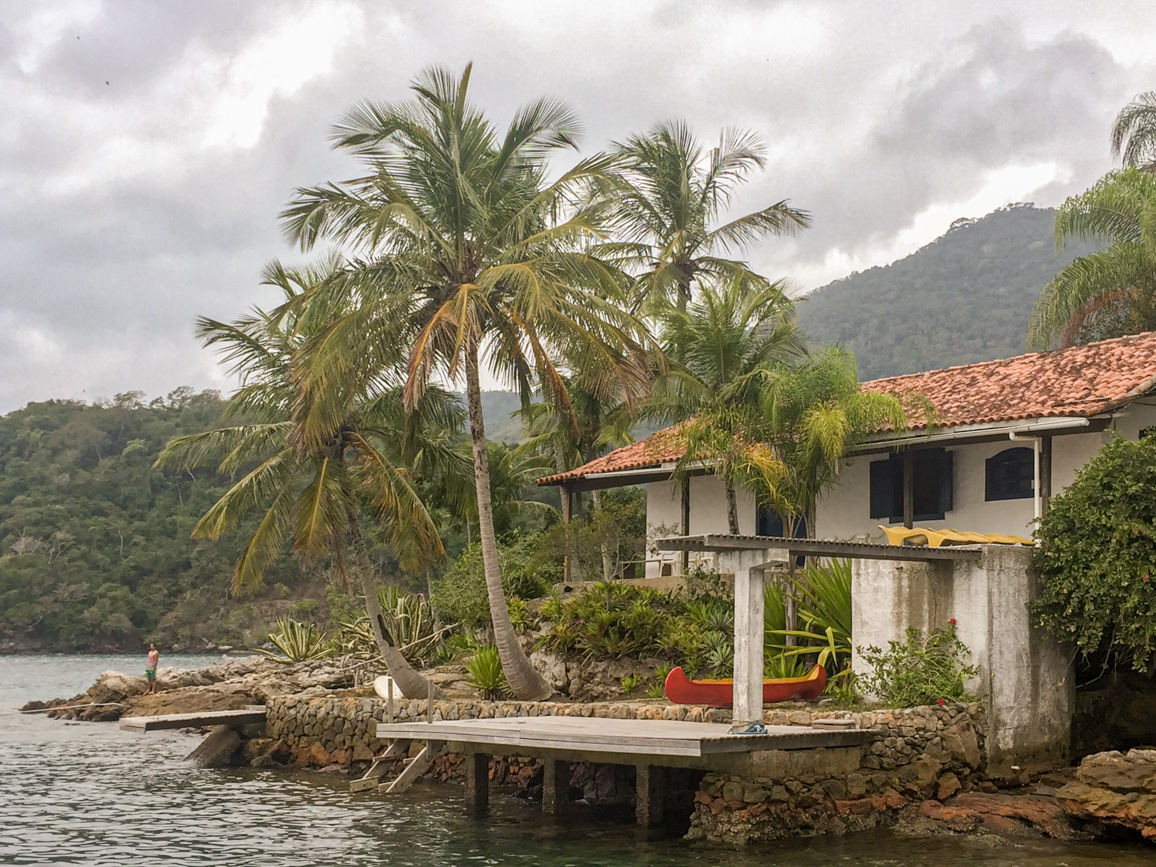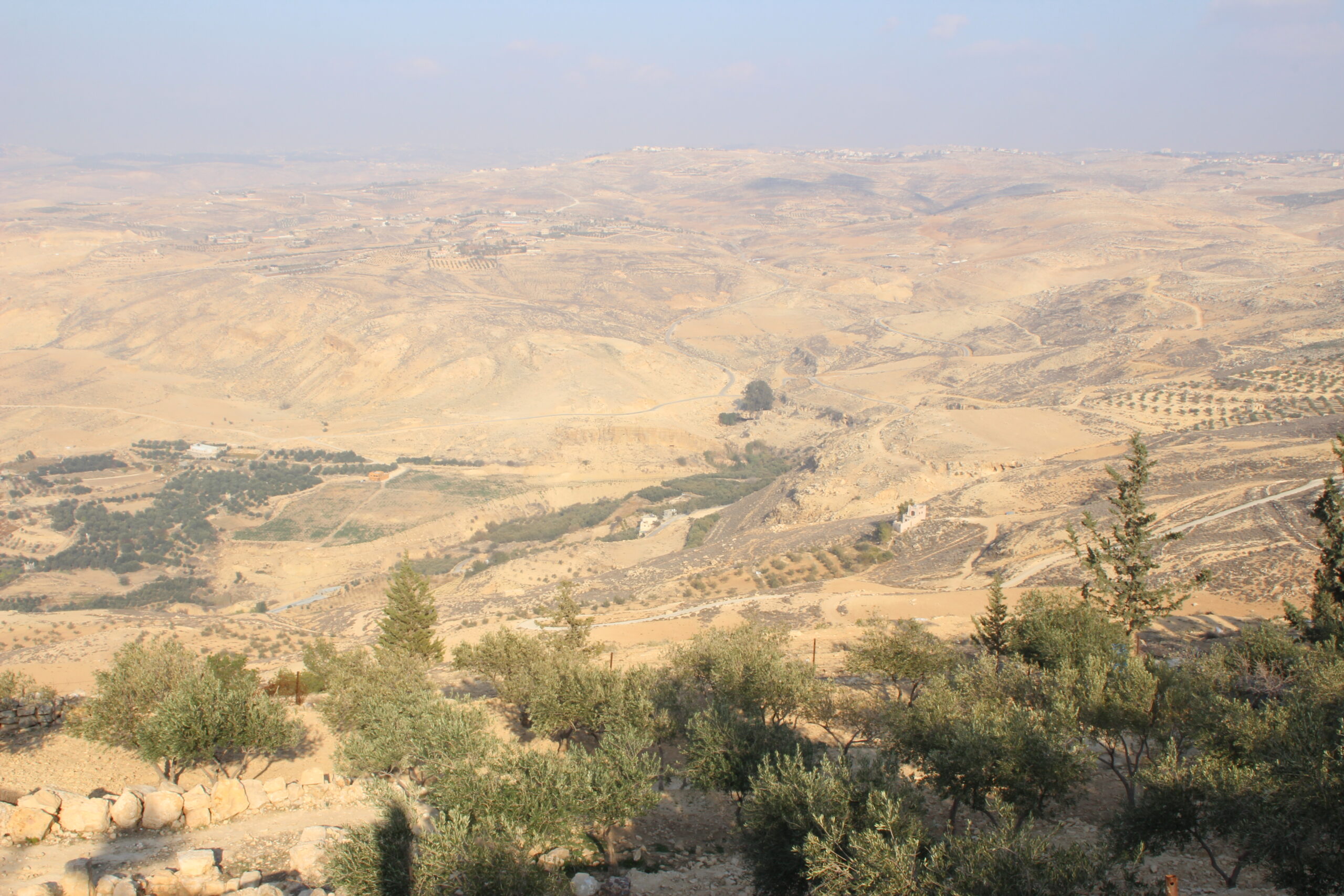
Heading now to the second leg of our Jordanian trip: the world famous Dead Sea, the holy site of Mount Nebo and Madaba, the city of mosaics!
Day 3
The salty Dead Sea
After leaving Amman in the morning, we headed to the Dead Sea by car. A spectacular natural wonder, its leading attraction is the warm, soothing, super salty water itself – some ten times saltier than sea water. The Dead Sea drops more than 400m below sea level and receives a number of incoming rivers, including the River Jordan. Once the waters reach the Dead Sea, they are land-locked and have nowhere to go, so they evaporate leaving behind a dense, rich cocktail of salts and minerals that supply industry, agriculture and medicine with some of its finest products.
We stayed in the Dead Sea the whole morning, admiring the huge chunks of salt, indulging ourselves with mud and floating while reading a book. It was surreal! By the way, be extra careful with the salty water. If it gets into your eyes, you’ll regret it for a long while.
Mount Nebo
After experiencing the wonders of the Dead Sea, we drove to Mount Nebo. This is believed to be the place where Moses was buried and the most revered holy site in Jordan. When you stand at the top of this mountain, you can see, as Moses did, the vast panorama that encompasses the Jordan River Valley, the Dead Sea, Jericho and Jerusalem.
It was a place of pilgrimage for early Christians and Mount Nebo’s first church was built in the late 4th century to mark the site of Moses’ death. Six tombs, from different periods, have been found hollowed out of the rock beneath the mosaic-covered floor of the church. In the present presbytery you can see remnants of mosaics.
The Serpentine Cross, which stands just outside the sanctuary, is symbolic of the brass serpent taken by Moses into the desert and the cross upon which Jesus was crucified.
Exploring Madaba
After visiting Mount Nebo, we drove to Madaba. Known as the “City of Mosaics”, this Jordanian town is the cultural epicenter for Byzantine and Umayyad mosaics and one of the most memorable places in the Holy Land. The chief attraction in Madaba is the Greek Orthodox church of St George, which features a wonderfully vivid, 6th century Byzantine mosaic map with two million pieces of coloured stone showing Jerusalem and other holy sites.
Madaba’s extensive archaeological park and museum complex encompasses the remains of several Byzantine churches, including the outstanding mosaics of the Church of the Virgin and the Hyppolytus Hall, part of a 6th century mansion.
After visiting Madaba, it was time to head off to Petra!
Trip details:
Transportation:
Our driver Shamil took us throughout Jordan. He was a great asset since he was Jordanian and could communicate with locals and negotiate the best deals for us.
Hotel in the Dead Sea area:
Shamil negotiated a good price so we could access the ‘beach’ at the Dead Sea Spa resort. We just went to the ‘salty’ beach and enjoyed the fresh water in the swimming pool. After that, we had a very much needed shower afterwards in order to remove the salt.

